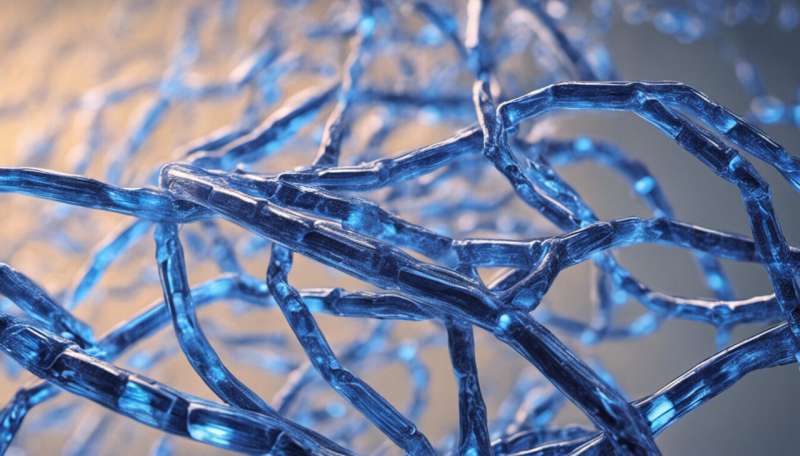Algorithmic solutions to manufacturing freeform shapes

A toolbox of algorithms that can be consulted and applied in order to cost-effectively manufacture freeform shapes has been developed by EU researchers.
The key aim of the EU-funded GEMS project has been to reconcile industry's need to manufacture such parts cost-effectively and in large numbers, while at the same time meeting consumer demand for unique designs in architecture and other fields.
Freeform surfaces do not have rigid radial dimensions, unlike regular surfaces such as planes, cylinders and conic surfaces. Instead the term is used to describe forms such as turbine blades, car bodies and boat hulls. Initially developed for the automotive and aerospace industries, freeform surfacing is now widely used in all engineering design disciplines from industry and consumer goods products to civil engineering.
'In many fields of manufacturing, freeform shapes are increasingly in demand as they can expand the limits of what is possible,' explains GEMS project coordinator Dr Marc Stautner from ModuleWorks, Germany. 'A major challenge however has been how to make the manufacturing process adaptable to produce these freeform shapes in a manner that is cost effective and fast.'
Freeform modelling using CAD (computer aided design) is used to create aesthetically pleasing surface shapes for architecture and design, and to develop technical surfaces for manufactured components. The challenge for industry, however, is that there is no systematic method for faithfully reproducing smooth freeform surfaces through easily manufactured parts.
In order to address this, the GEMS project began by examining the surfaces generated by the motion of various milling tools. With this data, the team then divided freeform surfaces into segments that could be manufactured by feeding a common algorithmic code into software programmes such as CAD.
'In order to be useful, our mathematical results had to be expressed in terms of manufacturing processes, such as numerical control (NC) milling, styrofoam cutting or the building of moulds from a sequence of simple curves,' explains Stautner. 'Regardless of the application – whether in architecture or manufacturing – a common set of geometric mathematical problems needs to be solved in order to achieve efficient production.'
The team approached this challenge in a collaborative manner, involving industrial partners along with scientific and mathematical experts. Indeed, a central factor in the project's success has been its ability to bring together a wide range of experts. These included a leading provider of CAD software components; leading academics in the field of geometry; an internationally renowned centre specialising in computer aided geometric design; a high tech start-up specialising in geometric computing for architecture and manufacturing; and a developer of computational solutions for five-axis machining. The research was funded by the European Commission within the framework of Marie Curie Actions (Industry-Academia Partnerships and Pathways).
'From my perspective this project has also significantly benefited our employees,' says Stautner. 'One element of the project involved sending employees from one project partner to another for secondment, where they were able to develop professionally.'
Stautner adds that some of the technologies developed could form the basis for future research and open up new commercial opportunities. A new technology for 'swarfing' freeform surfaces has just been commercialised, and others are set to follow. 'Strong collaboration between all partners was established during the project, and this will form the basis for future research work,' he added. The four year GEMS project was completed at the end of May 2016.
More information: For further information, please visit the GEMS project website: www.geometrie.tuwien.ac.at/ig/gems/index.php
Provided by CORDIS



















